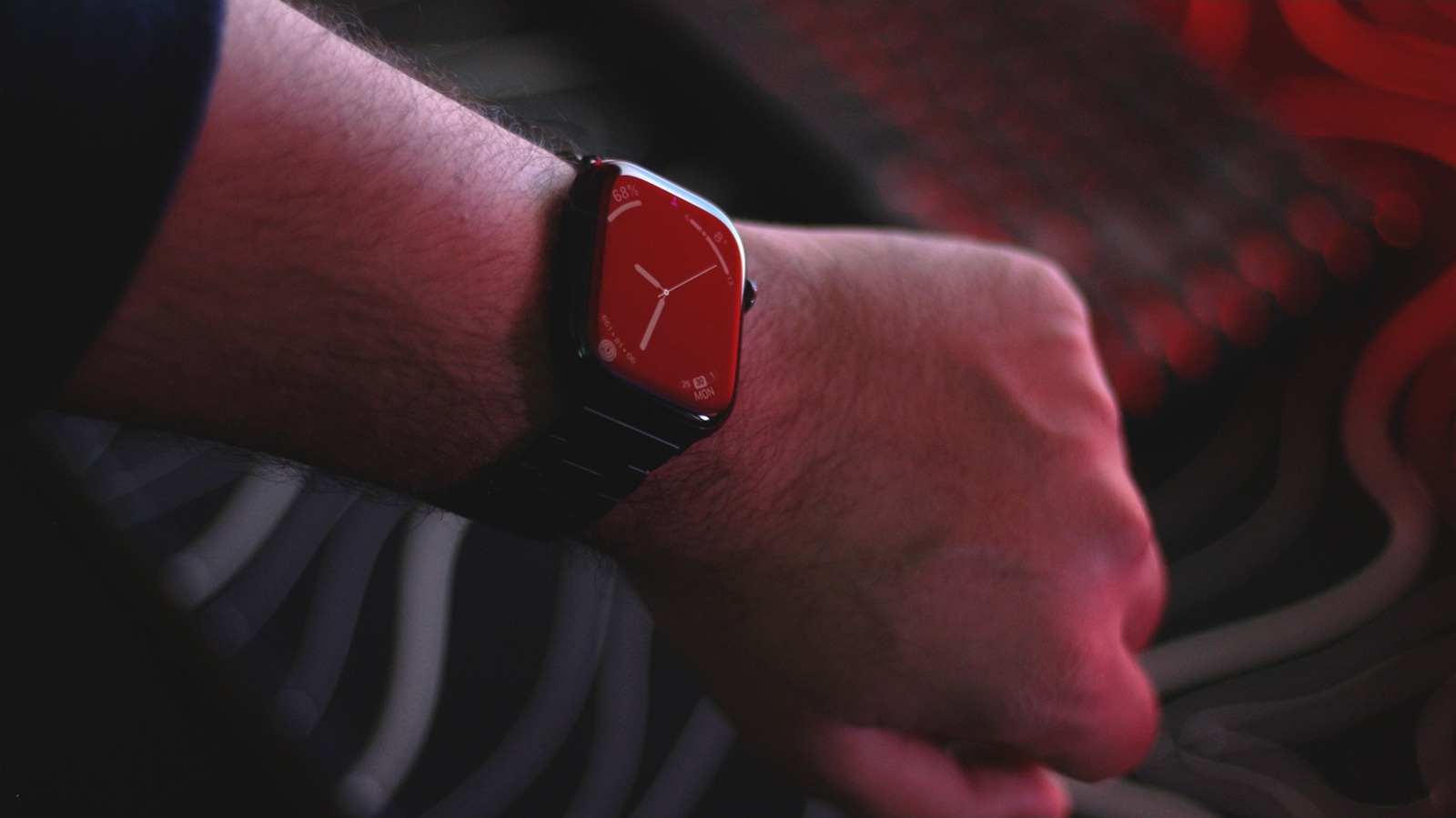In the rapidly evolving world of wearable technology, a common dilemma arises for consumers: does a higher price tag on a smartwatch truly equate to superior performance and features? Many are left wondering if the significant investment in a premium device is justified, or if budget-friendly alternatives can sufficiently meet their daily needs. This in-depth analysis delves into the fundamental distinctions between affordable and expensive smartwatches, moving beyond mere cost to explore the true value proposition of each.
Opting for a more economical smartwatch often necessitates certain compromises, particularly in areas like premium build materials, seamless integration within a broader digital ecosystem, or the inclusion of the most cutting-edge health tracking capabilities. However, a foundational standard exists for any device to genuinely qualify as a smartwatch—it must serve as a competent companion to your smartphone, enhancing its functionality rather than merely replicating it. Fortunately, the market now boasts numerous brands specializing in budget smartwatches that defy the notion that lower cost always means exponentially inferior quality.
Navigating the wearables market, especially at the lower price points, frequently reveals an overlap between fitness trackers and smartwatches. While advanced premium smartwatches, often equipped with a comprehensive suite of health sensors, can proficiently double as fitness trackers, the reverse is rarely true. Most aggressively priced fitness trackers tend to omit several key functionalities that are standard in their more expensive smartwatch counterparts, creating a clear functional divide.
For users primarily seeking a device to monitor basic activities such as workouts, step counts, and sleep patterns, a reliable entry-level smartwatch or a dedicated fitness tracker will serve the purpose adequately. The true branching point into the complex landscape of smartwatch offerings occurs when a user desires more than just vital sign monitoring and report synchronization with their connected smartphone. A truly capable smartwatch distinguishes itself by enabling on-wrist notification viewing, controlling music playback directly, and offering extensive customization through various watch faces.
Elevating the user experience further, premium smartwatches provide advanced functionalities such as the ability to not just view, but also reply to messages, store music offline for independent listening, conduct audio calls without reliance on the paired phone, and even download additional third-party applications. These comprehensive features, which define the pinnacle of tech gadgets in the wearable segment, are typically found in high-end models from leading brands, explaining their commensurately higher pricing.
Despite the allure of high-end features, budget smartwatches present a compelling solution for many consumers, perfectly fitting specific needs without breaking the bank. For instance, certain sub-$100 models function remarkably similarly to their pricier rivals in terms of core smartwatch functionalities and aesthetic appeal. Nevertheless, they often fall short in areas like extensive watch face customization options or the sheer breadth of downloadable applications, aspects where more expensive alternatives inherently shine.
The premium smartwatches segment also leaves no stone unturned on the hardware front. These devices frequently incorporate advanced display technologies, such as bezel-less LTPO OLED screens, which not only enhance visual fidelity but also optimize battery endurance, particularly with Always-On Display functionality enabled. Users can also expect noticeably superior haptic feedback and, in some cases, integrated speakers capable of high-quality music playback or hands-free voice calls, contributing to a more refined and comprehensive user experience.
Furthermore, the higher cost of premium smartwatches often translates directly into a greater array of sophisticated sensors. These advanced sensors unlock an expanded suite of health tracking features, including precise heart rate monitoring, advanced sleep analysis, ECG capabilities, blood oxygen saturation tracking, and even skin temperature sensing. Such detailed health insights are a luxury currently offered by only a select few smartwatch models, solidifying their position at the forefront of personal health tech gadgets.
Ultimately, the decision between a cheap and an expensive smartwatch is a nuanced one, heavily dependent on individual priorities and desired functionalities. While budget options provide essential connectivity and basic tracking, premium smartwatches deliver unparalleled performance, advanced health monitoring, and a richer, more integrated digital experience. Understanding these core differences empowers consumers to make an informed choice that aligns perfectly with their lifestyle and technological expectations in the wearables category.






Leave a Reply